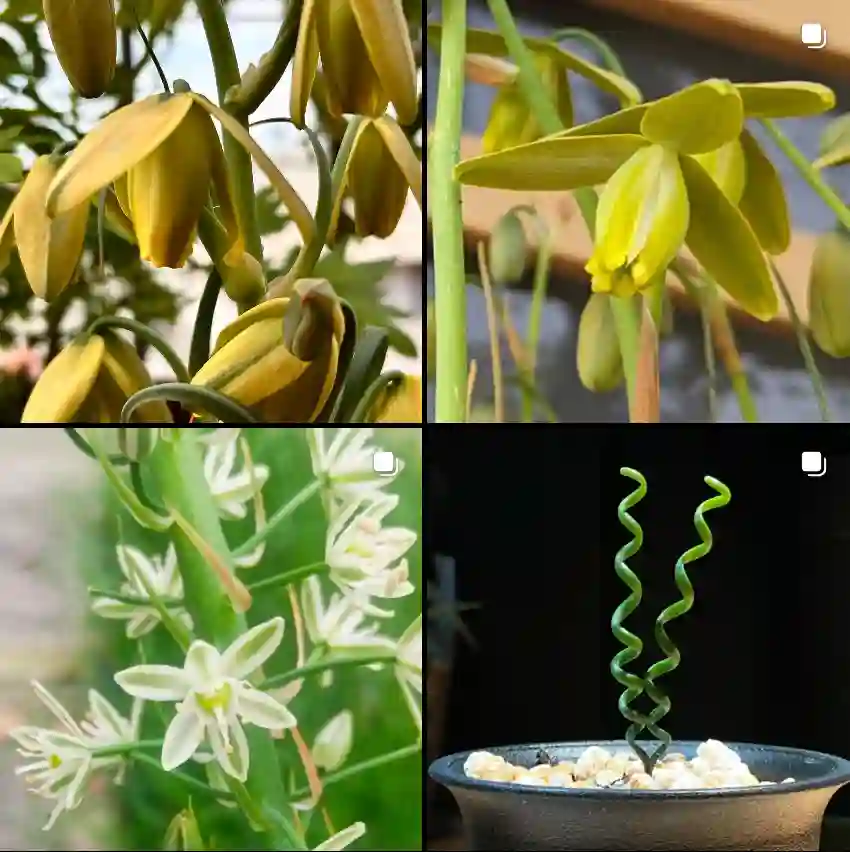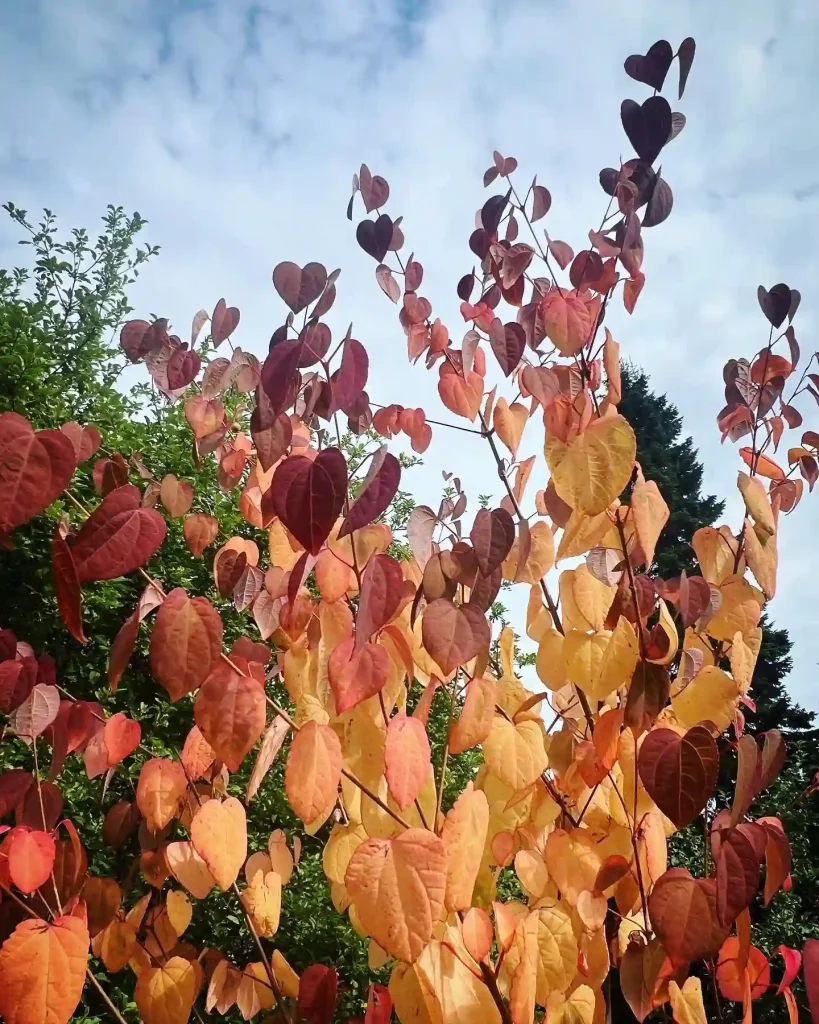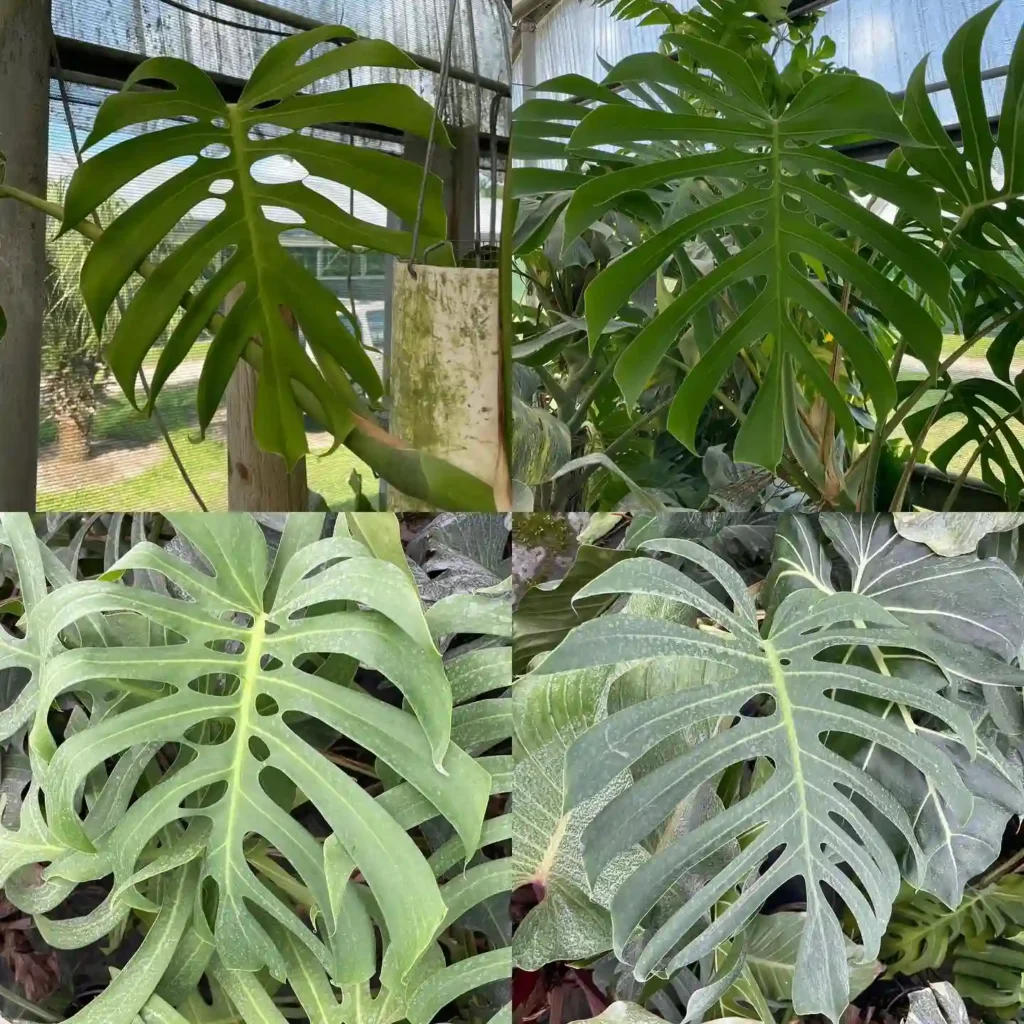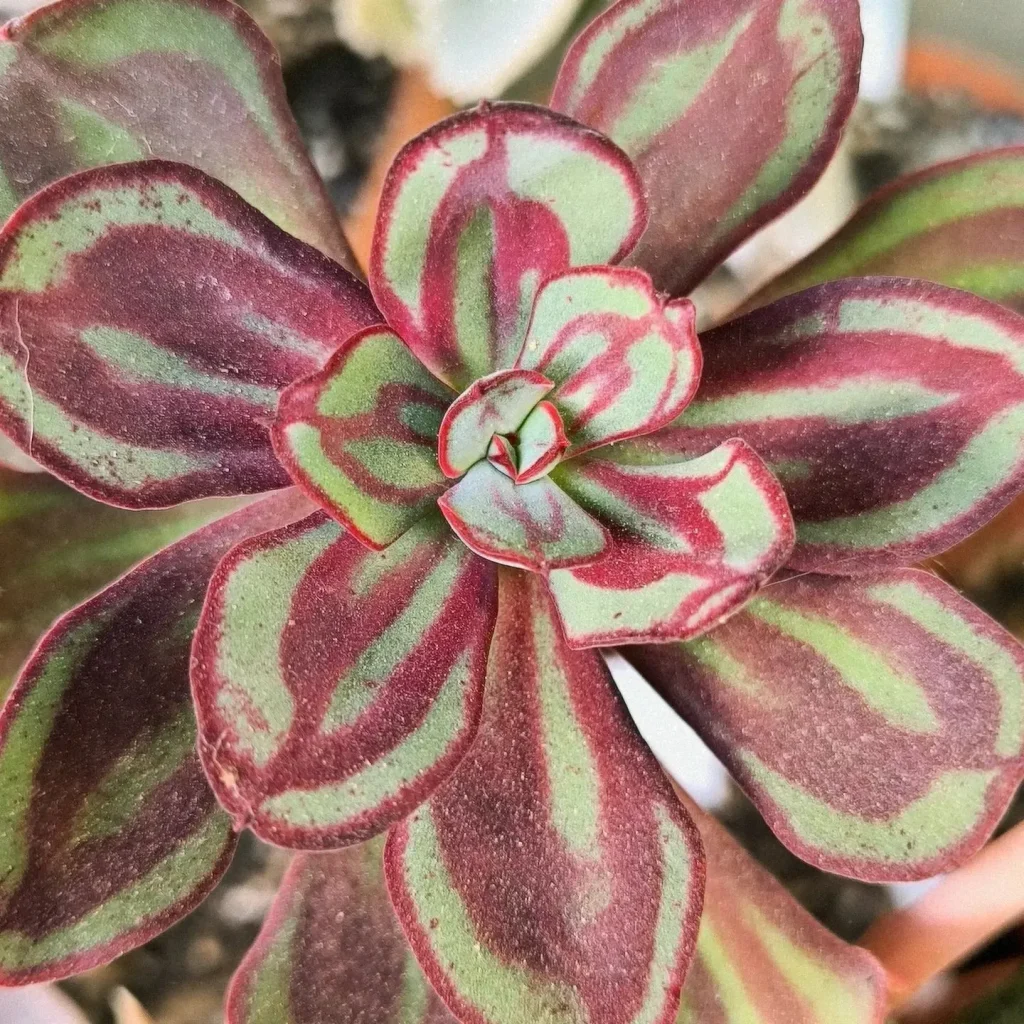Exploring the Asteliaceae Family: A Personal Journey
The Asteliaceae family has always fascinated me, particularly for its unique resilience and beauty. As someone deeply interested in plant families, I find that Asteliaceae—an understudied group of monocotyledons—deserves more attention. It might not have the same fame as some other plant families, but its beauty and adaptability make it one of the most intriguing in my collection. This family consists of about 40 species spread across three main genera: Astelia, Milligania, and Neoastelia. Each genus has its own distinct characteristics, and I find something special in all of them.
Astelia: The Star of the Family
When I think of the Asteliaceae family, Astelia is the first genus that comes to mind. The striking, silvery-green foliage of Astelia nervosa immediately grabs attention. I have a soft spot for this species because of its ability to thrive in challenging conditions. These plants love well-drained soil and can handle some shade, making them perfect for the darker corners of a garden. Personally, I enjoy planting Astelia along shaded paths where their reflective foliage can create an otherworldly glow.
In my experience, Astelia chathamica is another star performer. Native to New Zealand, it grows well in coastal gardens due to its high salt tolerance. This species tends to form dense clumps of leaves, adding an architectural element to any landscape. I’ve found them especially useful in creating a lush, tropical feel even in temperate climates.
Astelia plants also attract a fair amount of wildlife, which is something I appreciate in my garden. Birds are particularly drawn to the fruit-bearing varieties, which adds an extra layer of life to the space. Astelia’s resilience in less-than-ideal conditions makes it a personal favorite when trying to fill in tough spots in the garden.
Milligania: The Hidden Gem
Milligania is one of the lesser-known genera in the Asteliaceae family, and that’s part of its charm for me. I love working with plants that aren’t mainstream, and Milligania fits that bill. These plants hail from Tasmania and thrive in alpine or subalpine environments. They are smaller and more delicate compared to Astelia, which makes them ideal for rock gardens or alpine displays.
I particularly enjoy growing Milligania densiflora, which produces striking clusters of white or pale purple flowers. It’s a quiet beauty, but one that earns its place in the garden by adding a soft elegance. These plants have long, slender leaves that give them a grass-like appearance, but their floral display really sets them apart. I like planting them in groups for more visual impact, and they pair beautifully with other alpine species.
What fascinates me most about Milligania is how well it adapts to cold, harsh conditions. It reminds me that beauty can often come from the most rugged of environments. If you live in a cooler climate like I do, this genus can be a wonderful addition to your outdoor spaces.
Neoastelia: The Rare Beauty
Neoastelia is a genus that you don’t often come across, but once you do, it’s unforgettable. These plants are native to New Caledonia, a remote archipelago in the Pacific. In my experience, they can be a bit tricky to grow due to their very specific habitat requirements, but the reward is well worth the effort.
One of the standout species I’ve come across is Neoastelia spectabilis. Its bright, broad leaves make it a true showstopper. Neoastelia plants prefer very humid conditions and thrive in environments that replicate their native tropical habitat. While I’ve yet to master growing them outside, they do quite well in controlled greenhouse settings where humidity can be regulated.
Neoastelia adds an exotic flair to any collection and can be the crown jewel in a tropical or subtropical garden. However, they require a lot more care than the other members of the Asteliaceae family. I wouldn’t recommend them for beginners, but for plant enthusiasts who love a challenge, Neoastelia is worth exploring.
The Asteliaceae Family’s Ecological Importance
Beyond their aesthetic appeal, plants in the Asteliaceae family play an essential ecological role. In their native habitats, these plants contribute to soil stabilization, particularly in alpine regions where erosion can be a problem. I appreciate that by cultivating these plants, I’m also contributing to a broader environmental effort, albeit on a small scale.
Many of the species in this family are crucial for supporting wildlife, from birds to insects. Astelia’s fruit, for example, is a valuable food source for birds, especially in regions where food can be scarce. These plants also help to sustain the ecosystems of their native environments, and growing them feels like a way to preserve a small piece of that natural heritage.
Cultivating Asteliaceae in the Garden
If you’re looking to add some unique beauty to your garden, I can’t recommend the Asteliaceae family enough. From the more common Astelia nervosa to the rarer Neoastelia spectabilis, these plants offer something for every type of gardener. While some, like Neoastelia, require more specialized care, others, like Astelia, are adaptable and hardy. Milligania, with its quiet elegance, is perfect for those looking to add a subtle touch of beauty to their alpine or rock gardens.
In my own gardening journey, I’ve found that the Asteliaceae family has a lot to offer, both aesthetically and ecologically. It’s a family that has grown close to my heart, and I’m excited to continue exploring its many facets. Whether you’re an experienced gardener or just starting out, the Asteliaceae family has something to offer everyone.
If i die, water my plants!



